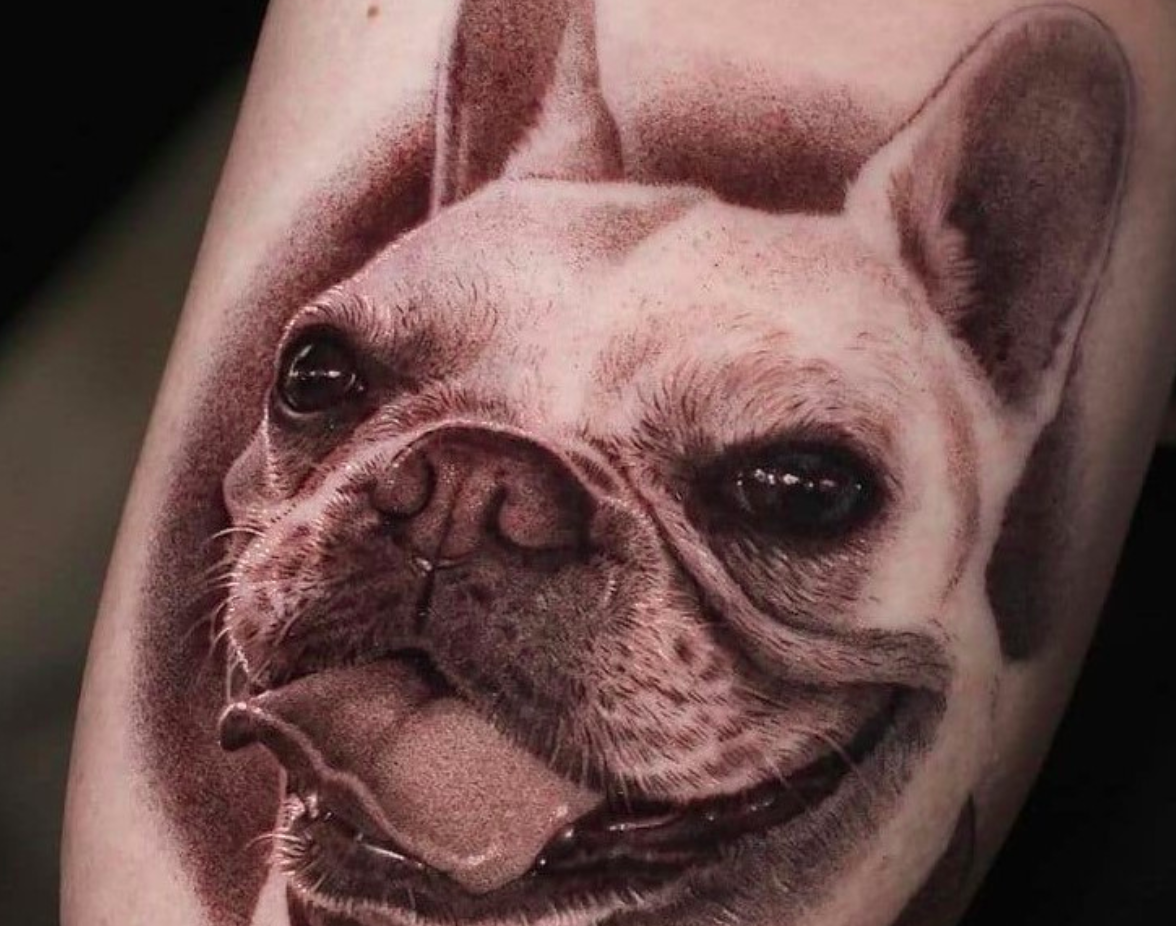After returning from a two-week work trip, you notice something unexpected—a small blue tattoo on your dog’s stomach. You picked her up from a 24/7 pet daycare, and suddenly you’re wondering: Where did this come from? Why does my dog have a tattoo?
You’re not alone. This surprising discovery is more common than you might think—and it actually has a few explanations.
🐾 Why Do Pets Get Tattoos?
Pet tattoos aren’t just a quirky trend—they usually serve practical purposes. The most common reasons include:
-
Spay/Neuter Indicator: A small blue or green line near the belly is often used to mark that a pet has been sterilized.
-
Identification: Before microchipping became the norm, tattoos were sometimes used to ID pets.
While this may seem harmless or even helpful, it becomes an issue if it’s done without your knowledge or consent.
🏥 What Services Do Daycares Provide?
Many 24/7 daycares do more than just watch your pet—they may offer:
-
Grooming
-
Basic veterinary care
-
Health check-ups
-
Spaying or neutering (in partnership with local clinics)
If your pet was seen by an on-site vet during her stay, the tattoo might have been part of a procedure. But here’s the kicker: you should have been informed—before anything permanent was done.
🔍 What Does a Blue Tattoo Really Mean?
Most often, a blue tattoo on a dog’s belly is a spay/neuter marker. This small, permanent ink line is used to prevent confusion in the future—and to avoid unnecessary surgery.
That said, a tattoo should never be done without the pet owner’s permission.
❗What Should You Do Now?
If this happened to your pet, take the following steps:
-
Check your dog’s medical records – Look for any spay/neuter notes you may have missed.
-
Take clear photos of the tattoo – Document its location, color, and size.
-
Call the daycare and ask specific questions:
-
Was a vet procedure done while my dog was there?
-
Does your facility allow tattoos?
-
Why wasn’t I informed or asked for consent?
-
⚖️ Ethical & Legal Concerns
Altering a pet without owner consent is a serious issue. Even if the tattoo was well-intentioned, it raises ethical and legal questions:
-
Was your permission obtained?
-
Were you given the chance to opt out?
-
Could there be recourse or accountability?
Final Thoughts
While a blue tattoo might just mean your dog was spayed, you deserve to know when and why any permanent mark is made. Consent matters—whether it’s a tattoo or a medical procedure.
Stay informed, ask questions, and always trust your instincts when it comes to your pet’s care.

Sophia Reynolds is a dedicated journalist and a key contributor to Storyoftheday24.com. With a passion for uncovering compelling stories, Sophia Reynolds delivers insightful, well-researched news across various categories. Known for breaking down complex topics into engaging and accessible content, Sophia Reynolds has built a reputation for accuracy and reliability. With years of experience in the media industry, Sophia Reynolds remains committed to providing readers with timely and trustworthy news, making them a respected voice in modern journalism.



